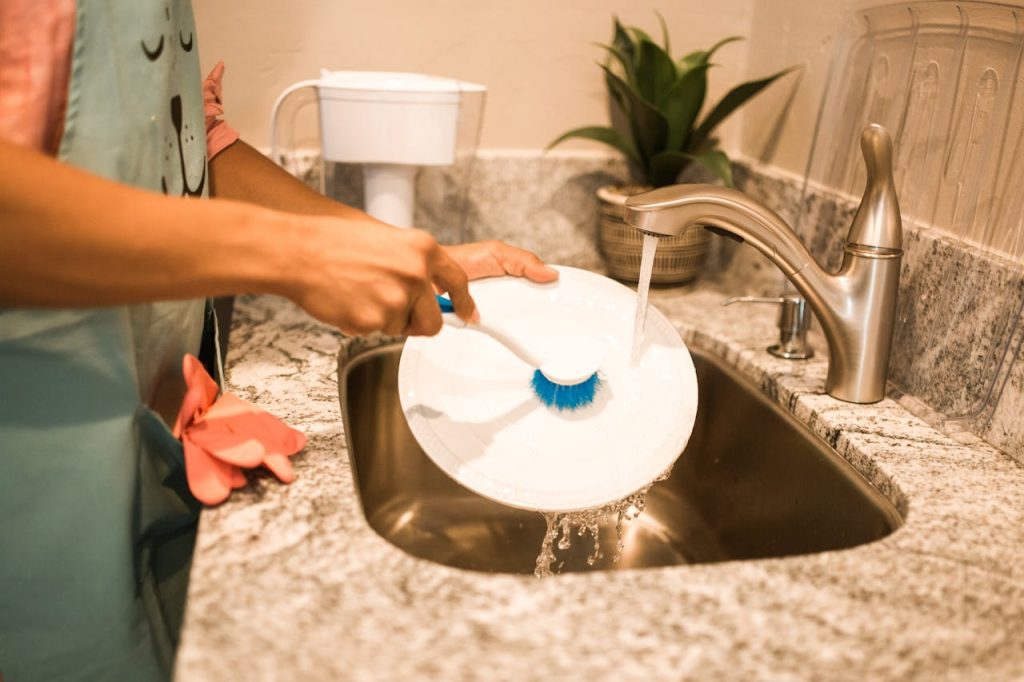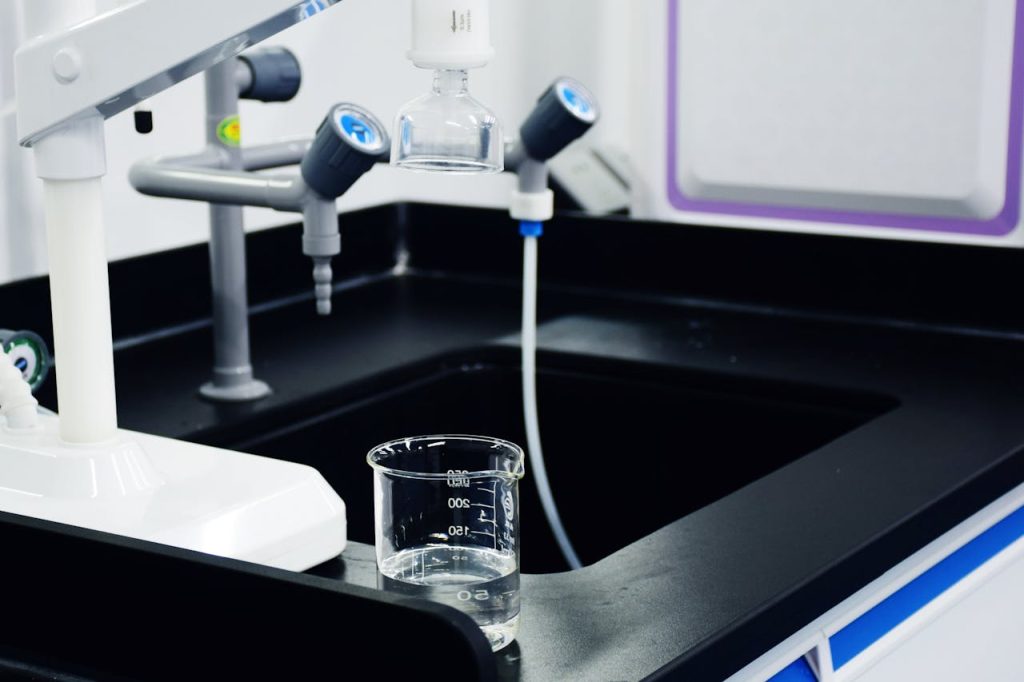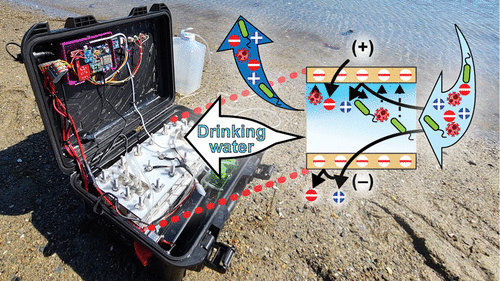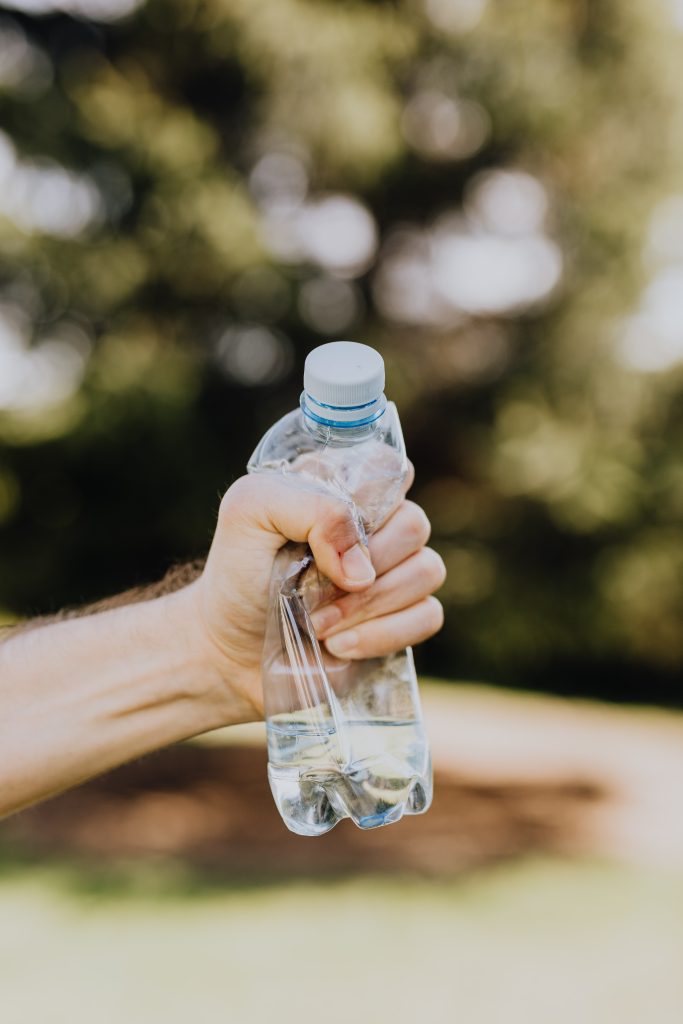Posts by mikeg
Crafting Captivating Headlines: Your awesome post title goes here
Engaging Introductions: Capturing Your Audience’s Interest The initial impression your blog post makes is crucial, and that’s where your introduction comes into play. Hook your readers with a captivating opening that sparks curiosity or emotion. Address their pain points or questions to establish a connection. Outline the purpose of your post and give a sneak…
Read MoreThe Art of Drawing Readers In: Your attractive post title goes here
Engaging Introductions: Capturing Your Audience’s Interest The initial impression your blog post makes is crucial, and that’s where your introduction comes into play. Hook your readers with a captivating opening that sparks curiosity or emotion. Address their pain points or questions to establish a connection. Outline the purpose of your post and give a sneak…
Read MoreMastering the First Impression: Your intriguing post title goes here
Engaging Introductions: Capturing Your Audience’s Interest The initial impression your blog post makes is crucial, and that’s where your introduction comes into play. Hook your readers with a captivating opening that sparks curiosity or emotion. Address their pain points or questions to establish a connection. Outline the purpose of your post and give a sneak…
Read MoreWayne State & Great Lakes Water Authority To Conduct Research On Converting River Water To Safe Drinking Water
Under a $584,114 contract, Wayne State University will conduct a collaborative research project with the Great Lakes Water Authority in Detroit, Michigan to find new ways to convert river water to safe drinking water. The facility was completely rebuilt in the 1990s and one of the most advanced water treatment plants in existence. The project…
Read MoreMIT Researchers Create Portable Desalination System for Safe Drinking Water
Researchers at MIT have created a portable desalination system that can produce safe drinking water from seawater. The unit is the size of a suitcase and weighs around 20 lbs. Unlike other portable desalination units, it does not require any filters or high-pressure pumps. It requires less power than a cell-phone charger to operate and…
Read MoreRecent Study Finds Uranium and Metal Concentration Levels Are Elevated In Semi-Urban Community Water Supplies
A recent study on metal concentrations in U.S. community water systems and patterns of inequalities was conducted by researchers at Columbia University Mailman School of Public Health. The study found that metal concentrations were elevated in community water systems serving semi-urban, Hispanic communities independent of location or region, highlighting environmental justice concerns. These communities had…
Read MoreProposed Legislation Sets 2025 Deadline for Philadelphia Schools to Provide Safe Drinking Water
The School District of Philadelphia, Pennsylvania is proposing legislation to provide access to safe drinking water. This comes after a report by PennEnvironment and PennPIRG released last month found that 60% of all water fountains or outlets across 65 Philadelphia public schools tested positive for lead. While some school district officials claim the report is…
Read MoreStudy finds human-induced salinization is a major threat to freshwater ecosystems
A recent study published in the Proceedings of the National Academy of Sciences (PNAS) found that human-induced salinization caused by the use of road deicing salts, agricultural practices, mining operations, and climate change is a major threat to the biodiversity and functioning of freshwater ecosystems. According to the study, current water guidelines do not protect…
Read MoreMaine schools’ drinking water affected with high lead levels
According to the Portland Press Herald, about one-third of the sites sampled so far in Maine’s statewide testing of school water exceed the acceptable limit for lead (https://www.pressherald.com/2022/02/15/about-a-third-of-sites-tested-in-maines-schools-exceed-limit-for-lead-in-water/). While there is no safe level of lead that can be consumed in the body, Maine set its acceptable limit for lead in drinking water at 4…
Read MorePrivate Wells in Minnesota Contaminated with 1,4-Dioxane
According to the StarTribune, the Minnesota Pollution Control Agency (MPCA) is recommending that a portion of an Andover, Minnesota neighborhood be connected to the city’s municipal water system after 40 homes with private wells were found to be contaminated with high levels of the cancer-causing chemical 1,4-dioxane. The homes are located near the now defunct…
Read More








